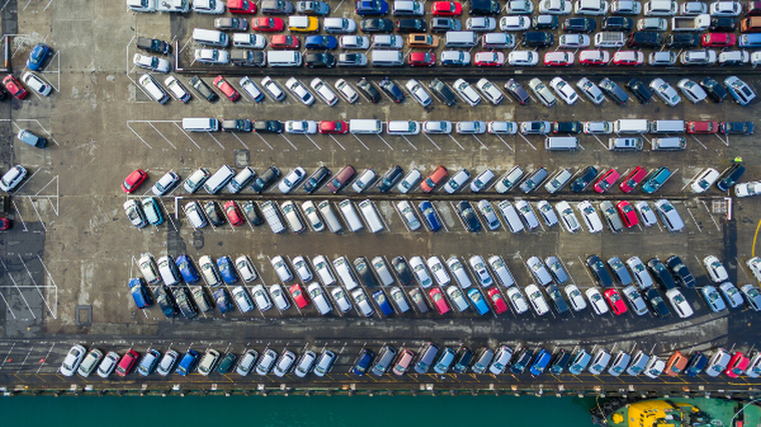Car activity climbs at port

Ports of Auckland Ltd (POAL) has seen car volumes increase but warns the omicron outbreak is likely to prove challenging for it over the coming months with congestion in the landside supply-chain already affecting its operations this year.
There were 129,924 cars handled by the port in the six months to the end of December 2021, up 24.7 per cent from 104,224 in the same period a year earlier.
Volumes across all cargo types increased over the same time frame. Containers climbed to 364,140 TEU (20-foot equivalent units) compared with 358,899, and breakbulk volume, which includes cars, increased from 3.153 million tonnes to 3.91m tonnes.
The company notes in its half-year report that its multi-cargo business, which includes light and heavy vehicles, has been operating at full capacity over the reporting period.
This helped push POAL’s revenue to $131.6m for the six months, a rise of $17.4m from the previous comparative period when it reached $114.2m.
At the same time, its costs increased by $15.7m due to additional costs in energy, depreciation, and labour, from the impact of Covid 19.
Group net profit after tax soared by 72.8 per cent to $23.5m, but POAL notes this includes $8.6m revaluation gain on investment properties. Excluding this gain, the figure only increased by 9.05 per cent.
POAL described its half-year performance as a “reasonable six months, with progress made on our core priorities” despite it having to grapple with one of the world’s longest Covid-19 lockdowns.
Jan Dawson, chair, and Wayne Thompson, interim chief executive, say in the report issued on February 28 that POAL will continue to focus on improving its safety culture and practices.
They also warn that the spread of omicron is not going to make the next six months easy, “especially with Auckland continuing to be the epicentre of New Zealand’s Covid-19 outbreak”.
“Congestion in the landside supply chain has already impacted port operations this year, and it will get worse in the short term as more people get infected,” they warn.
“We have had robust Covid-19 controls in place on the port for nearly two years and have put additional measures, such as pre-work rapid antigen tests, in place.
“While these Covid controls slow down operations, they have helped us avoid the significant port shutdowns which have been seen overseas.
“We will continue to focus on our core priorities for the remainder of the financial year and look forward to conditions gradually returning to normal in FY23.”
Safety focus
Dawson and Thompson note that last year’s lockdown delayed some of the work to implement the recommendations of the Construction Health and Safety New Zealand report into safety at POAL, but 21 actions have been completed and the remaining 24 are in progress.
They say the company is set to implement all the recommendations by the end of June 2022 and will “continue to reinforce that safety is paramount in all our initiatives”.
Auckland’s lockdown also slowed its automation project and its goal of having full-terminal rollout by June 30 is under pressure from the omicron surge and the difficulties of operating under the government’s traffic light settings.
“There was some improvement in our container terminal service delivery in the period, but there is still more work to do,” the pair add.
“Disruption to the supply chain offshore and congestion in Auckland’s landside supply chain are contributing to congestion in the terminal which is slowing our whole operation.
“While there is little we can do about these external factors, we are working to lift our productivity where we can.
“A key part of this is recruiting and upskilling staff. We’ve increased operational staff numbers by 17 per cent in the last 12 months and are looking to increase staff numbers further over the coming year.”





